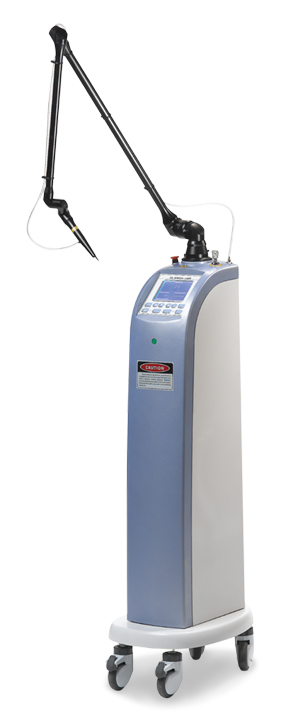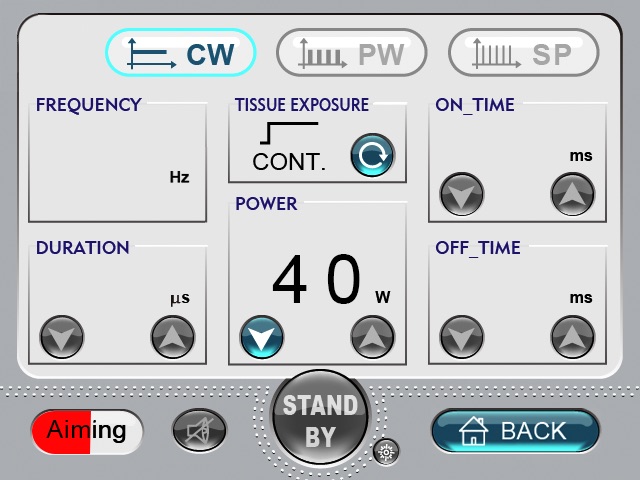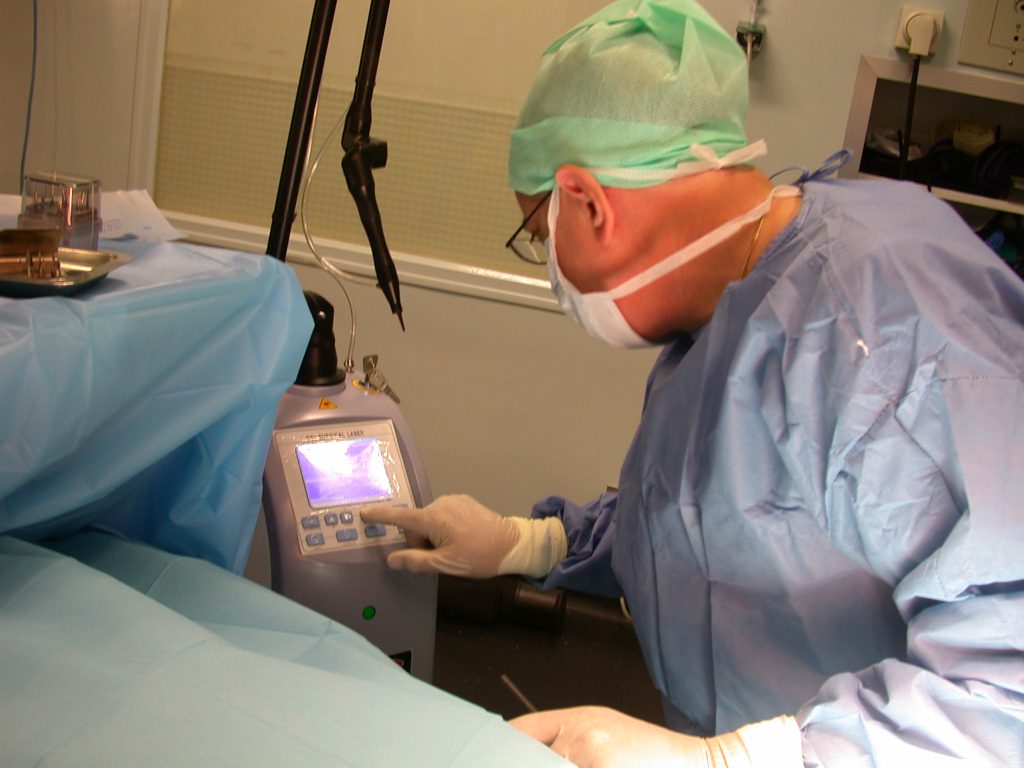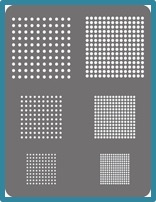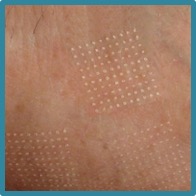In Ingrown Toenail (or onychocryptosis) the laser removes the matrix (matricectomy), and destroys the cells of the nail root that cause your nail to grow into your tow. In Fungus Toenail (or mycoticnail) the laser kills off the fungus spores by trimming the nail plate and removing the underlying fungus. Warts, which are viral infections of the foot, are removed by vaporizing the water in the tissue with the laser, and sealing the blood vessels afterwards. Other foot problems such as Neuromas, ulcers, ganglion cyst, and deep-seated Callusescan also be treated by the laser.
Plantar warts are benign (noncancerous) growths that occur on the sole (plantar surface), heel, or ball of the foot and can be treated with the CO2 laser. The weight force from standing and walking often causes them to grow into deep layers of the skin. The human papilloma virus (HPV) causes several different types of warts, which are the most common type of skin infection. Plantar warts can occur when HPV invades the body through tiny cuts or breaks in the skin on the bottom of the feet. Plantar warts usually are rough and spongy, and most are gray or brown with dark pinpoints (tiny capillaries that supply blood to the wart). CO2 Laser treatment is performed in a podiatrist’s office or an outpatient surgery facility using local anesthesia.
The major benefit of laser surgery as compared with traditional foot surgery is that healing time appears to be improved with the laser. Because the laser is a precise tool, it causes less swelling, less tissue damage, and minimal bleeding, patients seem to heal quicker with less pain and less post operative infections.
More Applications:
- Neuromas
- Periungual and subungual
- Porokeratoma ablation

